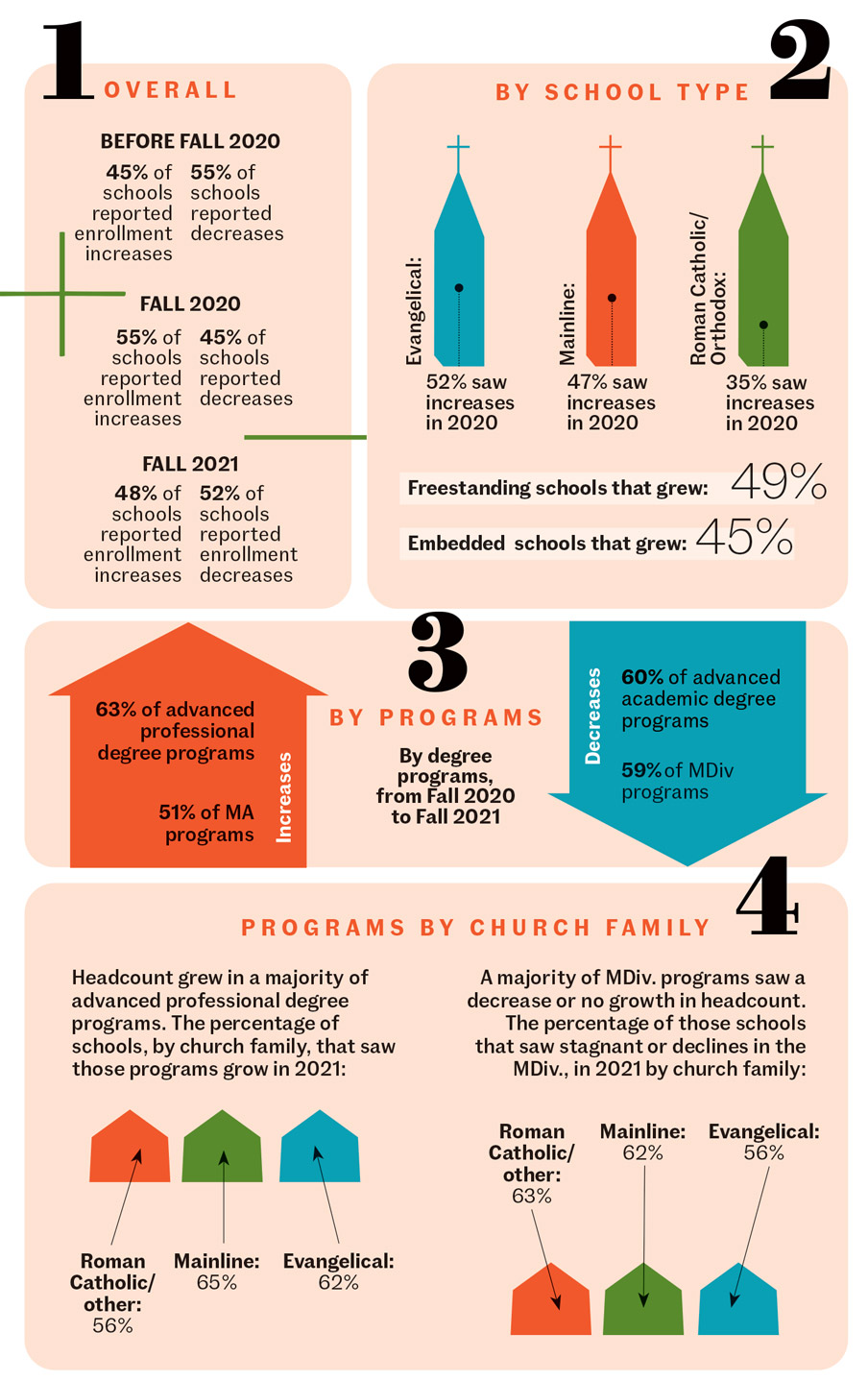
Illustration by Vesa S
Lancaster Theological Seminary in Pennsylvania earned an In Trust Center Resource Grant in 2020 to study how to better serve bivocational ministers. In Trust’s Matt Hufman spoke with Rev. Dr. Darryl Stephens, director of United Methodist studies at the seminary as well as the director of its Pennsylvania Academy of Ministry. The work Stephens led at Lancaster created a new focus on bivocational ministry; a book he edited on the subject, called Bivocational and Beyond: Educating for Thriving Multivocational Ministry, is scheduled to come out in April 2022. This is an edited version of their discussion. You can find video of the full discussion here.
What were you seeing in terms of equipping students for bivocational ministry that prompted you to think, “We need to start studying this?”
We were seeing a preponderance of our students being bivocational and anticipating partially funded ministry positions upon graduation. We asked for the In Trust Center Resource Grant to tap our alumni, student body, faculty, staff, and other constituents to learn about bivocational ministry and how we could better equip our students for that type of ministry.
How would you define bivocational?
Bivocational ministry is basically having more than one paid or significant volunteer commitment, one of them being in a church and one of them being outside of a church. There are a lot of exceptions and different ways that people understand bivocational ministry.
When I started the research, my first task was to look at the literature and find out how this term is being defined. There is not much peer-reviewed literature on the subject. I set out to change that. I also learned that if I Google “bivocational” the term is used almost exclusively in the context of pastoral ministry. However, there are a lot of other kinds of bivocational ministries, including ministries of the diaconate – people who are not pastors but are in specialized ministries, connecting the church with the world.
People also enter what’s called co-vocational ministries. That is, they might be a barista at a coffee shop in order to evangelize and start a ministry in that context. They may work a job in a secular environment as a means of ministry.
Many people are actually multivocational. James Watson, lead researcher of the Canadian Multivocational Ministry Project, has written about a variety of people doing multivocational ministries. Each person’s multivocational ministry looks different.
There’s a lot of stress on bivocational ministers, particularly juggling the variety of work and responsibilities. Are there benefits?
Many bivocational ministers discover as a surprise that their “secular vocation” enhances their ministry because they’re able to connect with people in the community. They’re also able to connect with people in their congregation on a different level.
They have insight into the everyday struggles of the people within their pastoring. In many ways, the idea of bivocational ministry is a natural balance that individuals can find in their own lives – how they balance the sacred and secular and how they understand God at work in the world and in the church.
What does a bivocational student need or need to learn in seminary?
One of the first things they need is to have the status of being bivocational elevated and recognized as a legitimate form of ministry. We have a full-time bias in graduate theological education, and that full-time bias is seen in white mainline churches as well.
The idea of a full-time, fully funded clergy is really a product of white Christendom in North America. Bivocational ministry is the usual way to do ministry in most contexts outside of white mainline denominations.
What do you want a board to think about after this conversation?
We are experiencing a declining Christendom in which congregational sizes are decreasing. We hear constantly about the decline of the mainline church and fewer opportunities for full-time ministry. That can be scary for boards of seminaries. There’s also opportunity in this. If we realize that bivocational ministry requires that laity become more involved in ministry, then we have the opportunity to educate not just one person in a congregation but rather dozens of people in a congregation.
If we can open the doors of theological education to laity in ways that complement what they already do, we can expand the pool of who we serve in graduate theological education. That to me is really exciting. We must think beyond a professional paradigm for ministry.
The Census
Enrollment trends
After enrollment growth in fall 2020, it appears most ATS-accredited schools saw headcount declines in fall of 2021, according to preliminary ATS data.

Source: Association of Theological Schools, Annual Data Tables. View Source